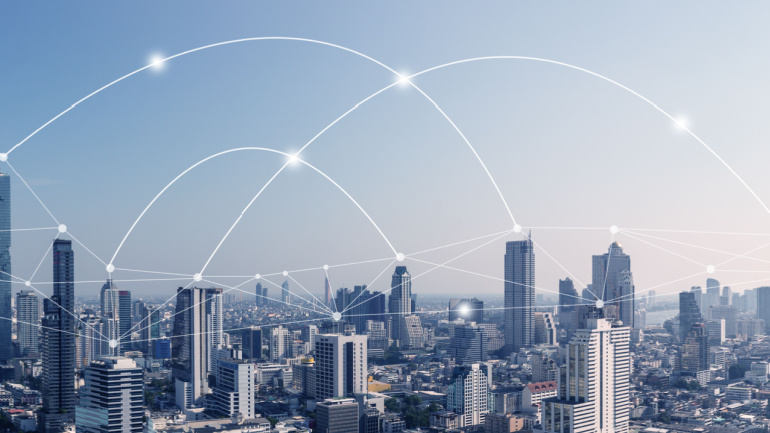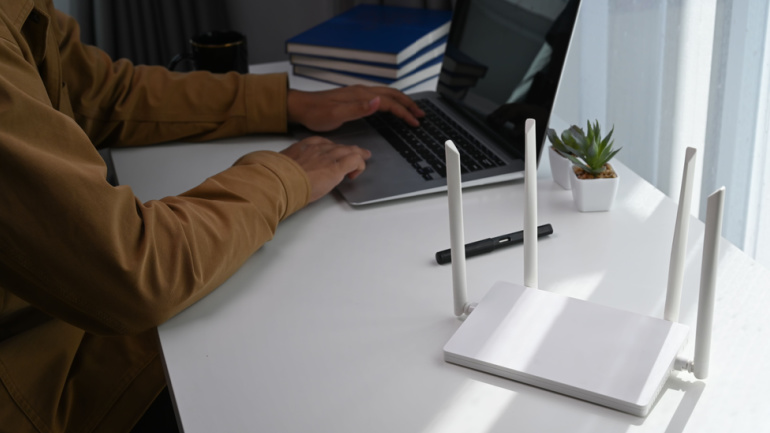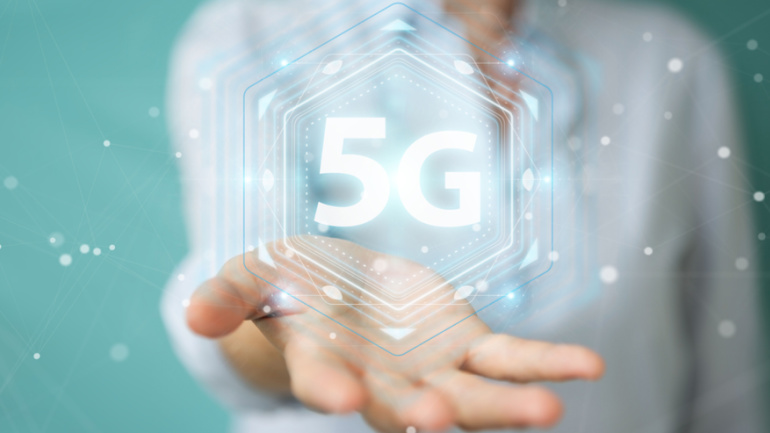Reliance Jio’s introduction of JioSpaceFiber, a satellite broadband service, has rocked the telecom landscape. Offering gigabit speed connectivity even in remote Indian locations, this innovation brings affordable online engagement to all. Leveraging SES’ medium Earth orbit satellites, the joint venture holds the potential to transform India’s digital reach. Yet, this ambition is not without competition.
As the world navigates towards an AI-integrated future, the call for reliable connectivity has amplified. The UK’s telecom market, a beacon of global standing, is pivoting towards this demand. Its thrust for seamless connectivity is stimulated by the push for efficient network management and shared infrastructure. Spearheading this transformation is the UK’s transition to fibre optics, aided by the strategic decision to sunset the Public Switched Telephone Network by 2025.
Welcoming Nokia’s latest innovation — the 25G Passive Optical Network (PON) starter kit. Aimed at enhancing 10Gbs+ deployments, the kit empowers operators to expedite high-speed connectivity for diverse businesses. With the capacity to connect up to ten businesses, this move is amplifying the importance of 10Gbs business connectivity globally. Utilizing existing fiber assets, it offers unique prospect for delivering exceptional speeds to different enterprises, from schools to farms. Discussing the transformation this 25G PON technology brings, we delve into the views of industry insiders and parallel innovations in the works.
Infosys, a global leader in consulting and technology services, has entered into a significant €1.5 billion, five-year partnership with Liberty Global, a leading international telecommunications and entertainment company. The collaboration aims to deepen their ties across the realms of digital entertainment and connectivity.
ExodusClouds, a global pioneer in cloud connectivity, has partnered with Epsilon Telecommunications, a global interconnectivity provider, to boost its global connectivity offering for enterprises across multiple industry verticals. ExodusClouds will serve enterprise customers across the telecommunications, finance, healthcare, education and manufacturing sectors with a white-labelled version of Epsilon’s Network as a Service (NaaS) platform, Infiny.
Spectrum Enterprise, a division of Charter Communications, Inc., has recently inked a multi-year contract with the State of Wisconsin Department of Administration. The agreement will grant state agencies, municipalities, and educational institutions access to Spectrum Enterprise’s diverse portfolio of network, internet connectivity, and cybersecurity solutions. This move aims to streamline technology services procurement, fostering connectivity among employees and citizens and ensuring seamless digital operations.
In a significant development aimed at bolstering fiber access across the United States, Zyxel Communication, a leading provider of secure broadband networking solutions, has joined forces with Windstream to supply essential WiFi 6E hardware for their 8 gig expansion. This collaboration marks a major milestone for both companies, as they strive to bring high-speed internet connectivity to underserved communities in Windstream’s 18-state service area.
ITIF urges a reevaluation of U.S. broadband programs in favor of the significant Affordable Connectivity Programme (ACP), aiming to give low-income households internet access. Predictions show funds will be depleted by 2024, necessitating a yearly investment between $5-$6 billion, potentially sourced from outdated programs. Despite appearing feasible, the report warns digital divide issues require more than funding, including digital literacy initiatives. Unveil the evolving connectivity panorama in our upcoming Connected America conference.
Vodafone UK announces more accessible and fixed-rate wireless options amid the routine living costs in the UK, further bolstering its reputation as a company committed to social tariffs. This latest offering serves as a beacon of hope for families under financial strain, with an impressive broadband speed, zero installation fees, and an escape clause without extra charges. However, critics caution that this may not be the most affordable deal available, despite being from a mainstream provider.
As companies globally adopt innovative strategies, leveraging considerable commercial benefits from their 5G investments is at the forefront. Pioneered by Chinese service providers, the paradigm shift towards traffic value-based operations has significantly enhanced revenue. Unique 5G experiences such as ultra-high speed and low latency have unlocked new function scenarios, exemplified by the booming live broadcast industry in China. Meanwhile, European and Middle East counterparts effectively implement rate-based charging models, showcasing the versatility of the 5G platform. This status quo suggests that as we advance, the necessity to adapt traffic value-oriented operations for effective monetization becomes paramount, opening new revenue vistas and novel business models.













